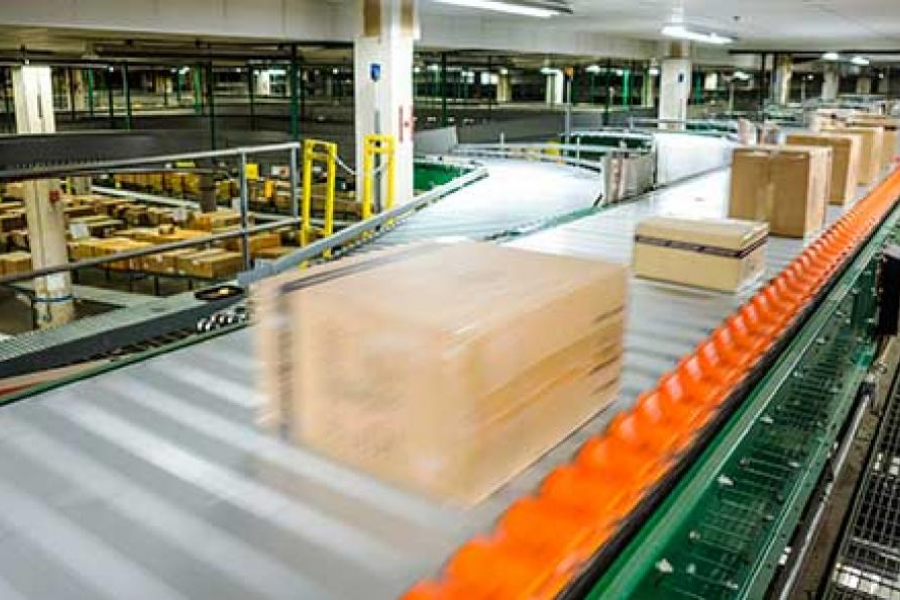
7 Ways Supply Chain Inefficiencies Impact Ecommerce Profits
Consumers want and expect free same-day delivery. This expectation is forcing companies to evaluate every phase of their supply chain.
Free same-day delivery means tighter profit margins and potentially higher shipping costs. Companies have little room for supply chain inefficiencies that can be silently eating into profit and the ability to meet consumer demands.
CONSUMER EXPECTATIONS FOR SAME DAY DELIVERY
In its “The Last-Mile Delivery Challenge: Giving retail and consumer product customers a superior delivery experience without impacting profitability”, Capgemini surveyed over 2,870 consumers and 500 supply chain executives, entrepreneurs, and industry leaders.
This survey was primarily focused on the food delivery industry, but it underscores how important speed and immediacy is across all retail channels:
- 55% of consumers will switch to a competitor that offers faster service
- 55% of consumers say two-hour delivery would increase their loyalty
- 59% of companies are offering delivery times of three days or longer
Delivery satisfaction is a top priority for consumers; however, most are reporting high levels of delivery dissatisfaction due to three key issues:
- 59% report high prices
- 47% blame the non-availability of same-day delivery
- 45% highlight late deliveries
For companies, this means there is very little room for supply chain inefficiencies that delay delivery, add costs, and limit profitability.
ELIMINATE THESE SEVEN SUPPLY CHAIN INEFFICIENCIES
When companies focus on improving packaging management, supply chain inefficiencies can be identified and resolved.
These seven supply chain inefficiencies make it difficult for companies to meet consumer demands for same-day delivery, low prices, and product satisfaction:
- Internal Operational Errors
Mislabeled packages, inefficient use of packaging materials, bar code errors, missing delivery details, and incorrect product selection, should not be part of the packaging supply chain.
Pay attention to the fundamentals of operational efficiency that make it easy for employees to do their jobs efficiently and correctly. Human error can be eliminated with clear communication, eliminating unnecessary steps, using the right tools for the right application, and working directly with employees to make improvements.
- Packaging Decisions
Handling charges add up very quickly, meaning that companies need to pay close attention to the weight and dimensions of every package. In step with this is using the right shipping method for the right package. Working with an expert in packaging management ensures that companies can limit over-processing costs and unnecessary shipper fees and penalties.
- Over Delivering
Do not assume that every order must be delivered on the same day. Pay attention to customer expectations and what they have asked for.
The problem for companies in over-delivering and exceeding consumer expectations for delivery speed means that consumers expect immediacy for free. And when this doesn’t happen for the next delivery, the consumer quickly looks to a competitor who will meet this demand.
- Multiple Packages
Small and multiple packages that are shipped from and to the same location force companies to pay for more shipping than is necessary.
Packaging consolidation extends savings to companies by reducing the shipping and handling costs that come with shipping multiple packages. Review internal packaging, labeling, and shipping processes to eliminate multiple package problems.
- Excessive Transportation Costs
The demand for same-day delivery should not translate to an increase in transportation costs. Too many companies react and deliver without reviewing how best to get the package to the consumer just in time.
Retailers can reduce supply chain costs when the entire retail network is used to fulfill product orders. Make sure the package is shipped from the store nearest to the consumer, thereby reducing shipping zones and handling fees.
- Inventory Overload
A packaging management specialist can review company inventory, eliminating unnecessary costs of warehousing products. Managing too much inventory translates to product fulfillment inefficiencies. Pay attention to product queues, misplaced products, delayed shipments, and the costs of moving inventory around.
- Lack of Resources
Too many companies see their employees as their biggest cost and mistakenly believe that reducing the number of employees will convert to savings. However, the opposite is the reality – not enough employees results in shipping and packaging errors, supply chain delays, and a stressful work environment.
Companies need a thorough understanding of the entire supply chain, including how and when to best use their most valuable asset – people.
SupplyOne’s Packaging Management Program delivers consistent insight into the supply chain, eliminating hidden costs and inefficiencies.
Contact us or call us today (484-582-5005) to learn how SupplyOne builds a streamlined program specific to your business and how you operate, eliminating inefficiencies and freeing up cash flow.
